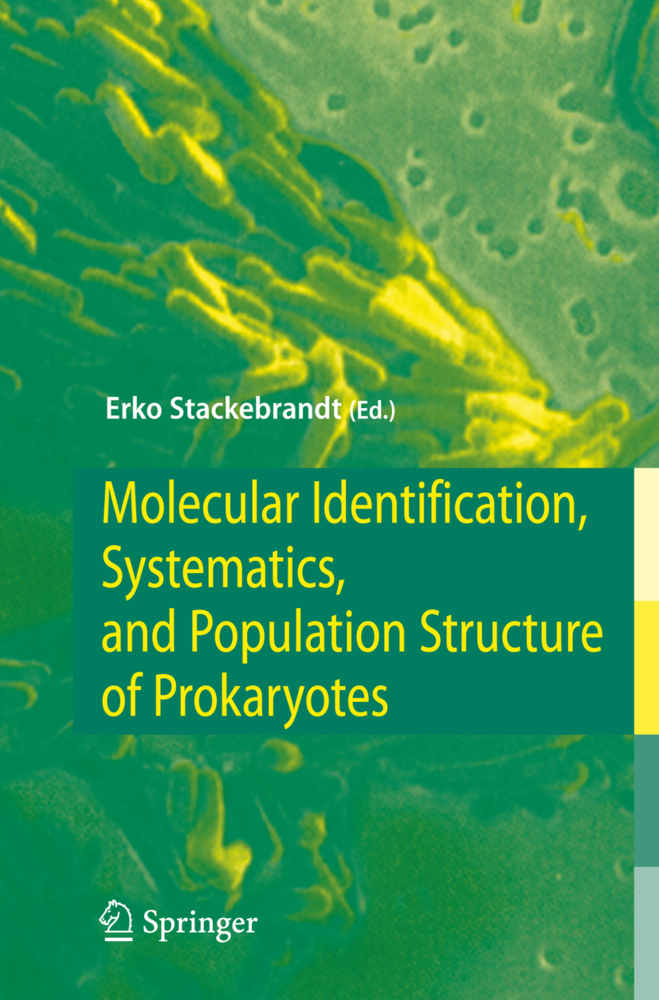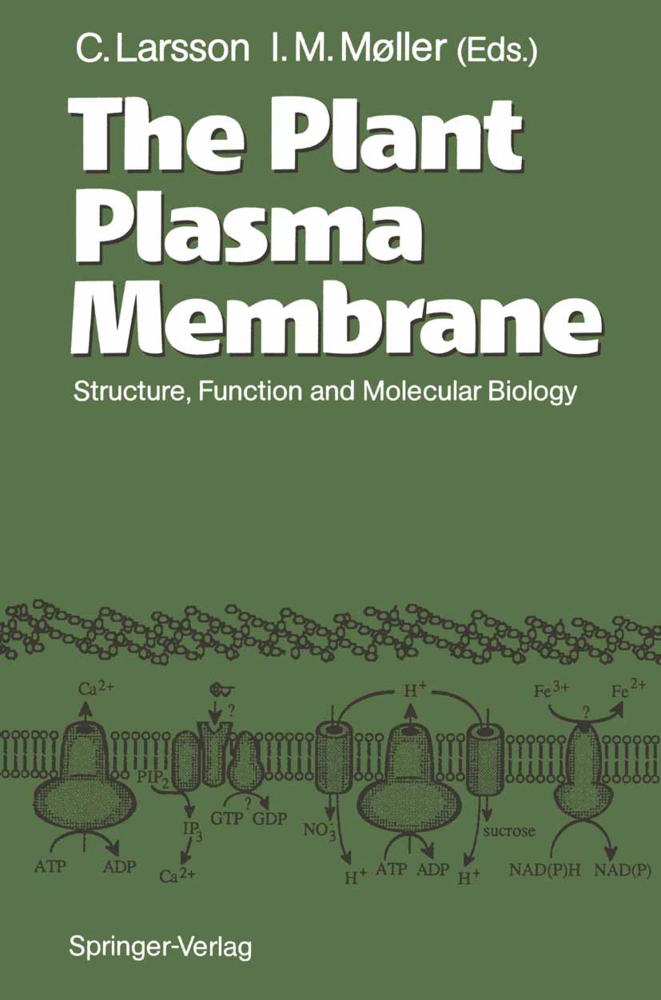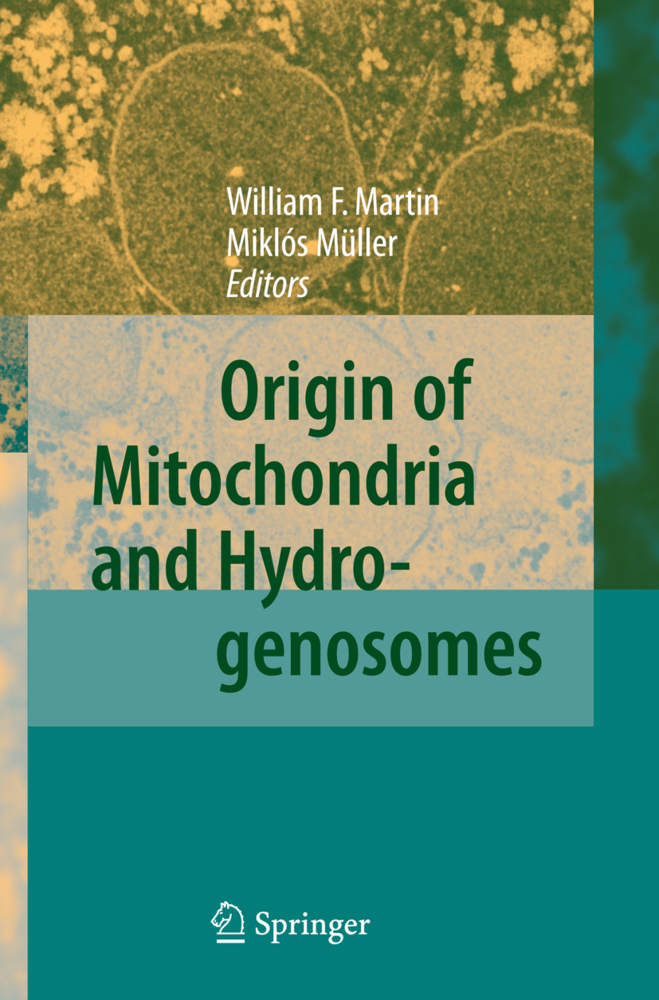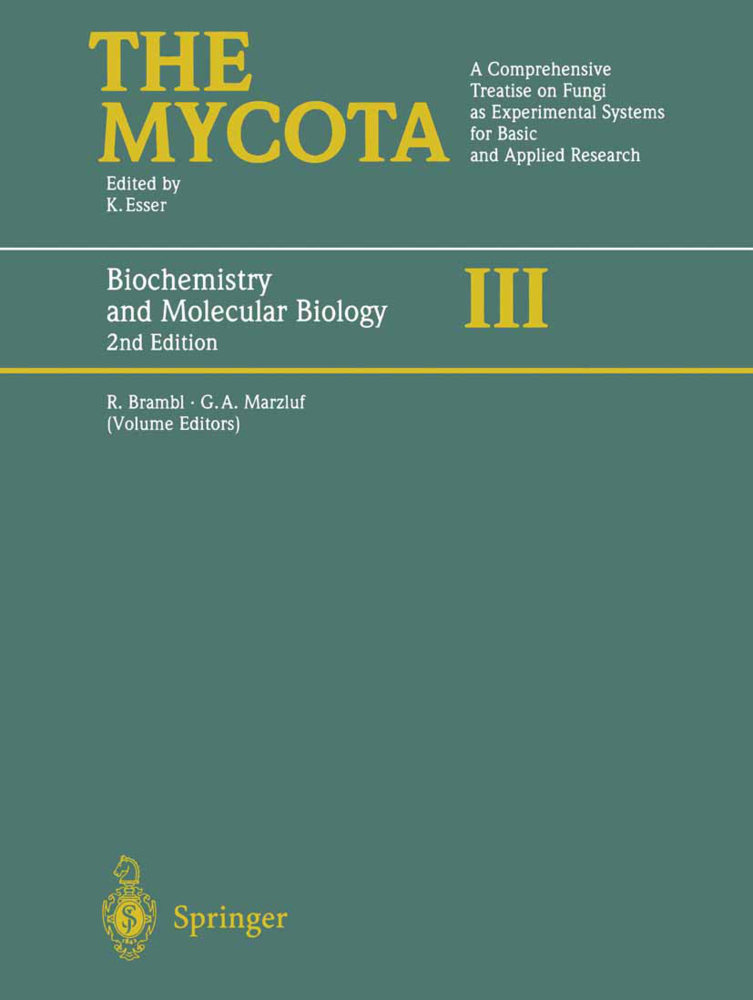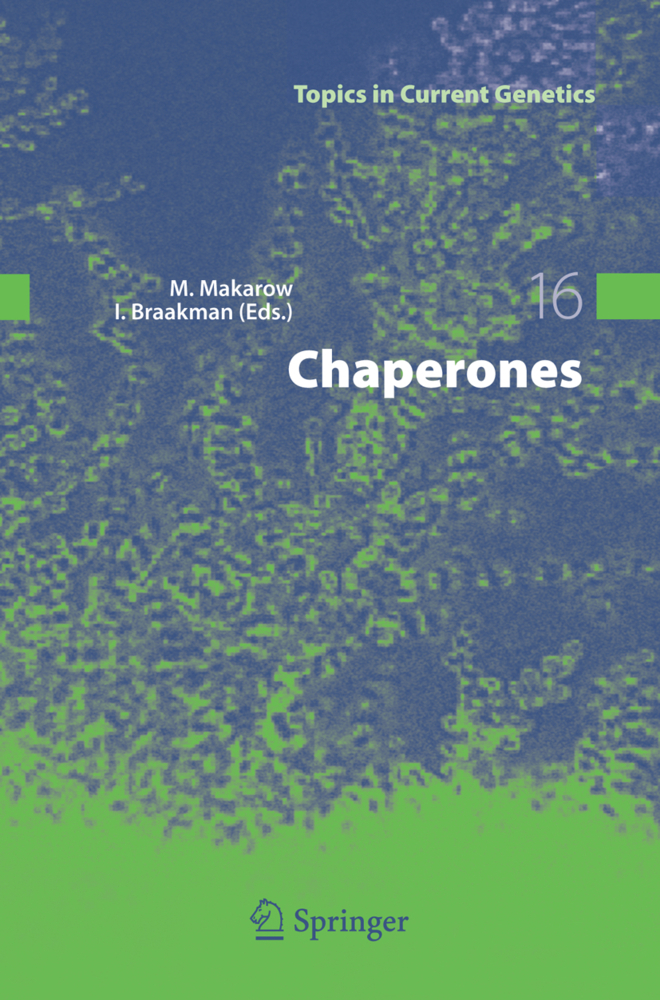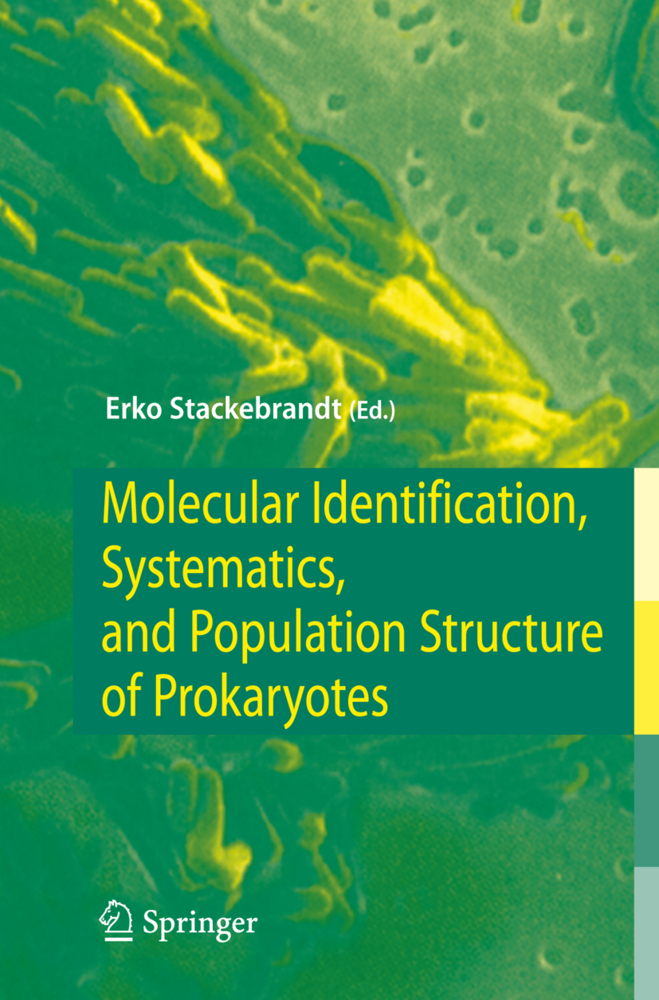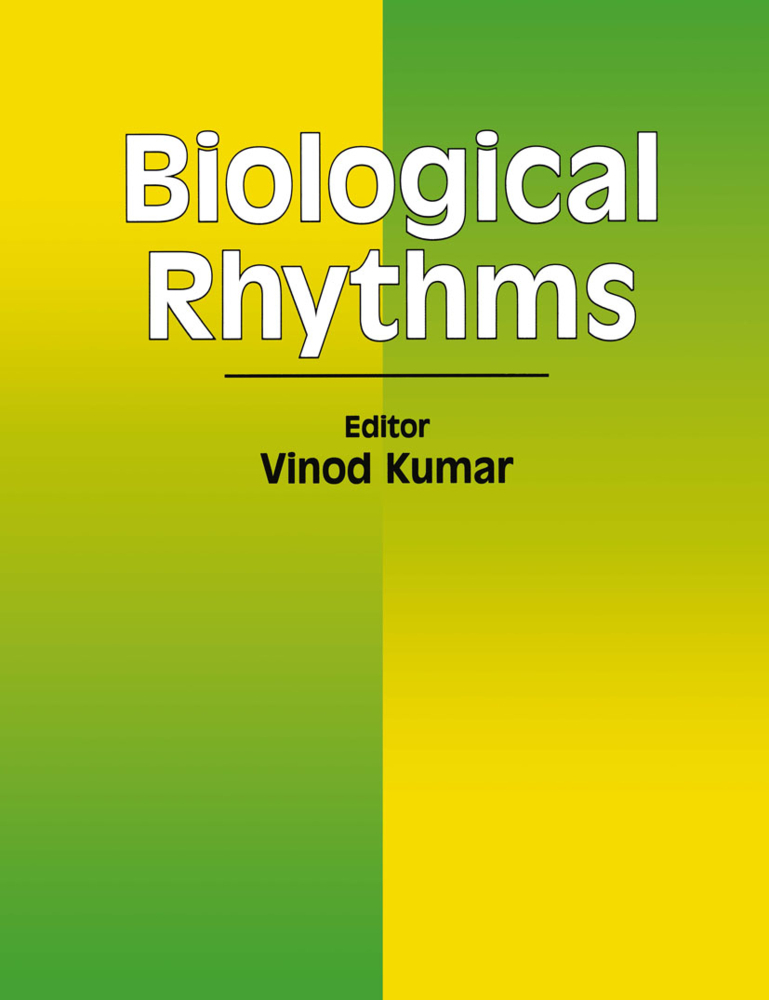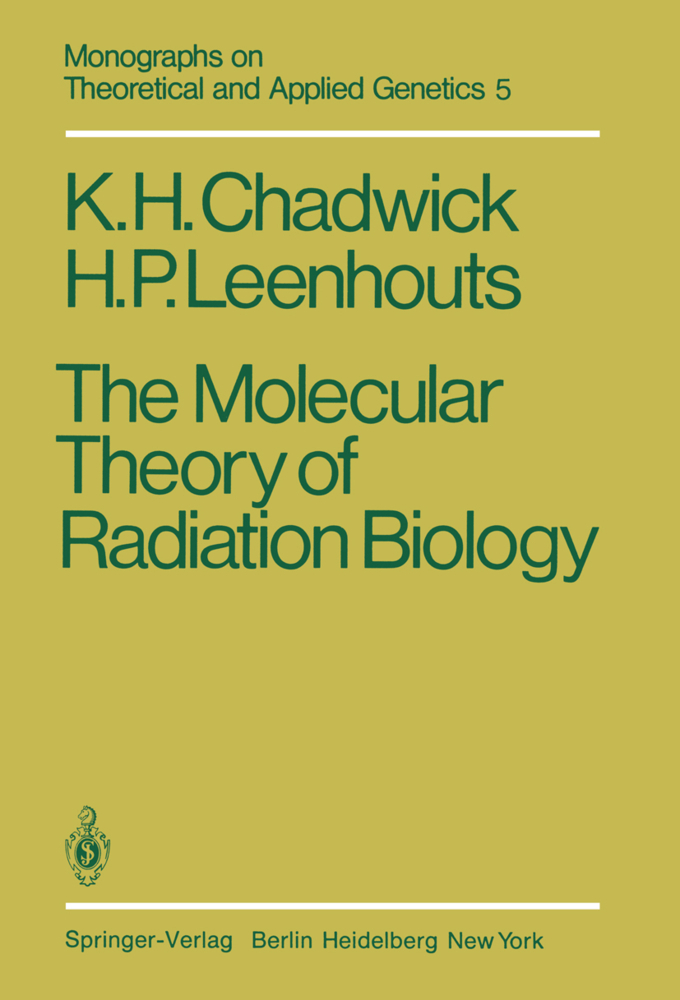Molecular Basis of Symbiosis
Molecular Basis of Symbiosis
Symbiotic associations involving prokaryotes occur ubiquitously and are ecologically highly significant. In symbiotic associations, co-evolution of the partner organisms has led to specific mechanisms of signal exchange and reciprocal regulation, and resulted in novel physiological capabilities of the association as compared to those of the individual partners. Symbiosis research has recently entered an exciting era because molecular biology techniques are available for studying partner organisms in association and in a culture-independent manner. It is the goal of this book to contribute towards a broader perspective and an understanding of the function of symbiotic systems. 14 different model systems have been chosen, comprising well known symbioses as well as novel experimental systems which have only recently become amenable to experimental manipulation.
Prokaryotic Symbionts of Termite Gut Flagellates: Phylogenetic and Metabolic Implications of a Tripartite Symbiosis
Towards an Understanding of the Killer Trait: Caedibacter endocytobionts in Paramecium
Bacterial Ectosymbionts which Confer Motility: Mixotricha paradoxa from the Intestine of the Australian Termite Mastotermes darwiniensis
Extrusive Bacterial Ectosymbiosis of Ciliates
Hydrogenosomes and Symbiosis
Molecular Interactions between Rhizobium and Legumes
Molecular mechanisms in the nitrogen-fixing Nostoc-Bryophyte symbiosis
Symbiosis of Thioautotrophic Bacteria with Riftia pachyptila
Symbioses of Methanotrophs and Deep-Sea Mussels (Mytilidae: Bathymodiolinae)
Symbioses between Bacteria and Gutless Marine Oligochaetes
Roles of Bacterial Regulators in the Symbiosis between Vibrio fischeri and Euprymna scolopes
Molecular Requirements for the Colonization of Hirudo medicinalis by Aeromonas veronii.
Syntrophic Associations in Methanogenic Degradation
Symbiosis between Non-Related Bacteria in Phototrophic ConsortiaProkaryotic Symbionts of Termite Gut Flagellates: Phylogenetic and Metabolic Implications of a Tripartite Symbiosis
Towards an Understanding of the Killer Trait: Caedibacter endocytobionts in Paramecium
Bacterial Ectosymbionts which Confer Motility: Mixotricha paradoxa from the Intestine of the Australian Termite Mastotermes darwiniensis
Extrusive Bacterial Ectosymbiosis of Ciliates
Hydrogenosomes and Symbiosis
Molecular Interactions between Rhizobium and Legumes
Molecular mechanisms in the nitrogen-fixing Nostoc-Bryophyte symbiosis
Symbiosis of Thioautotrophic Bacteria with Riftia pachyptila
Symbioses of Methanotrophs and Deep-Sea Mussels (Mytilidae: Bathymodiolinae)
Symbioses between Bacteria and Gutless Marine Oligochaetes
Roles of Bacterial Regulators in the Symbiosis between Vibrio fischeri and Euprymna scolopes
Molecular Requirements for the Colonization of Hirudo medicinalis by Aeromonas veronii.
Overmann, Jörg
| ISBN | 978-3-642-06646-7 |
|---|---|
| Artikelnummer | 9783642066467 |
| Medientyp | Buch |
| Copyrightjahr | 2010 |
| Verlag | Springer, Berlin |
| Umfang | XIV, 310 Seiten |
| Abbildungen | XIV, 310 p. |
| Sprache | Englisch |



